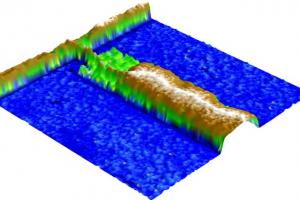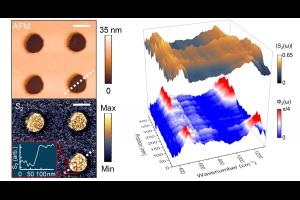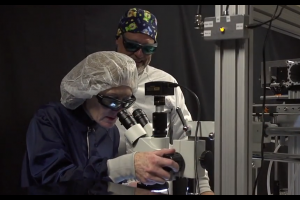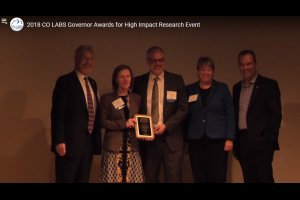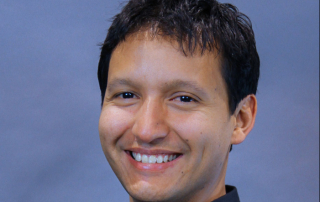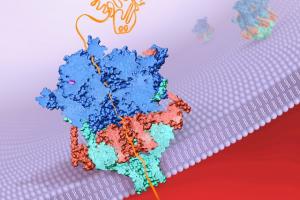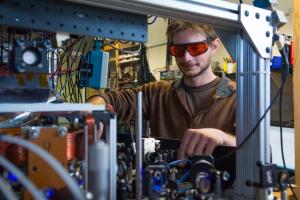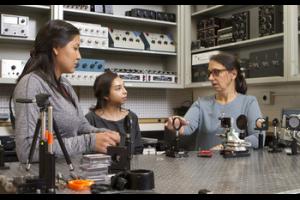Electronic activity previously invisible to electron microscopes revealed at UCLA
New imaging technique may lead to improved functionality of devices such as PCs, smartphones.
The chips that drive everyday electronic gadgets such as personal computers and smartphones are made in semiconductor fabrication plants. These plants employ powerful transmission electron microscopes. While they can see physical structures smaller than a billionth of a meter, these microscopes have no way of seeing the electronic activity that makes the devices function. That may soon change, thanks to a new imaging technique developed by UCLA and University of Southern California researchers. This advance may enable scientists and engineers to watch and understand the electronic activity inside working devices, and ultimately improve their functionality.
The study, which was published online in Physical Review Applied, was led by Chris Regan, UCLA professor of physics and astronomy and a member of the California NanoSystems Institute.
